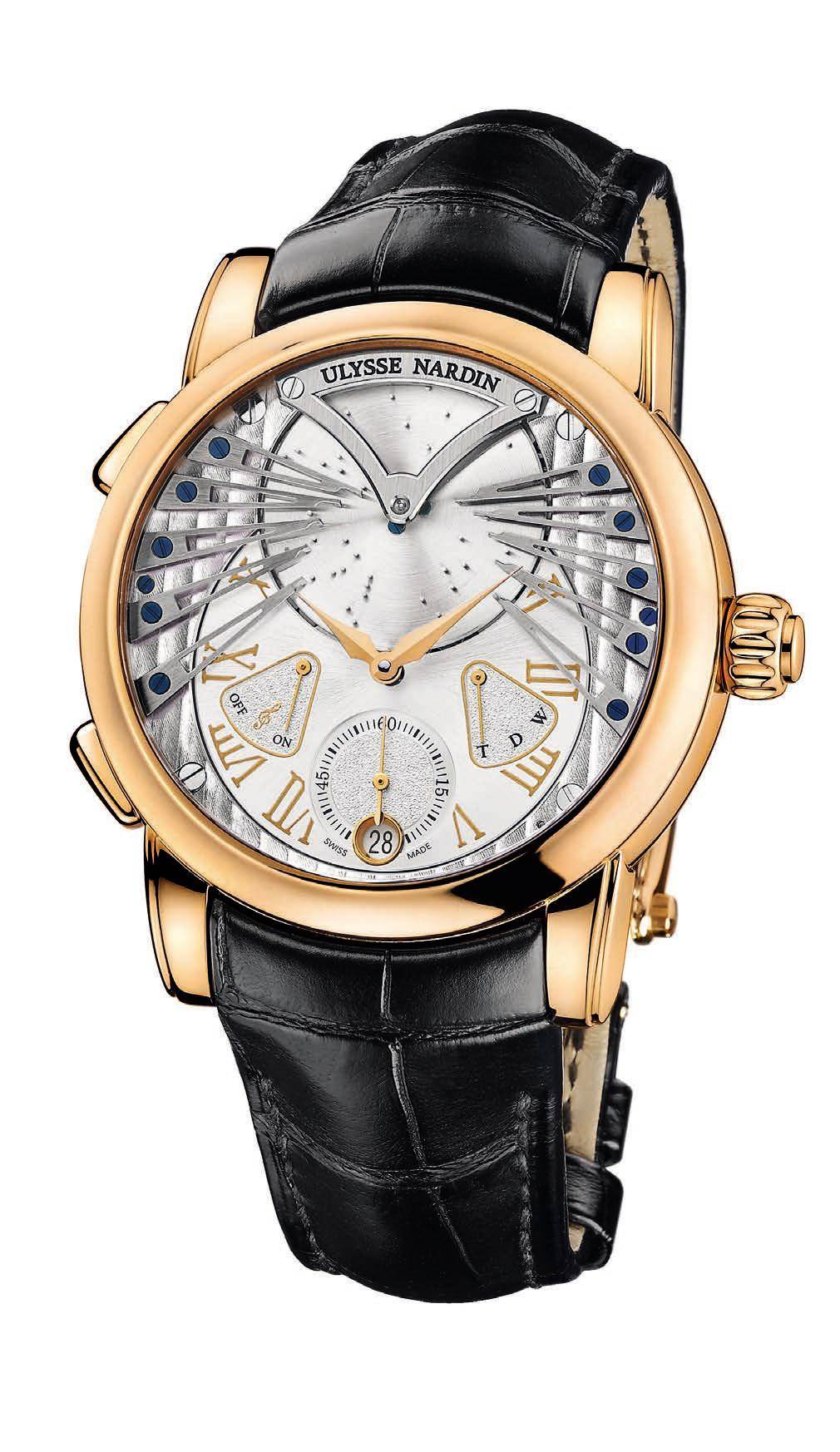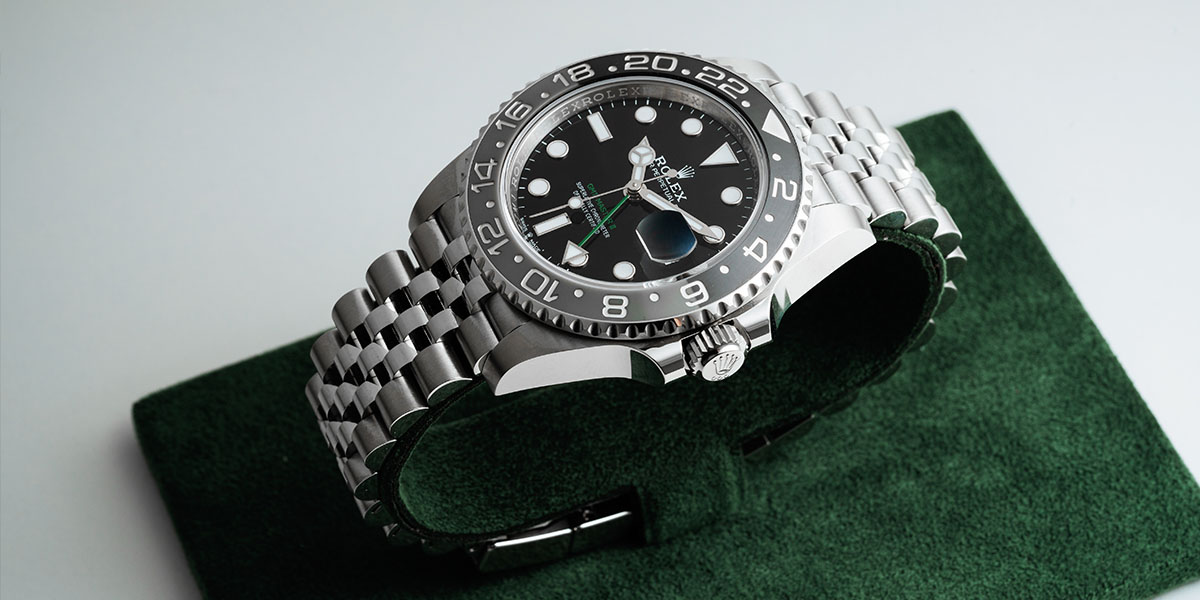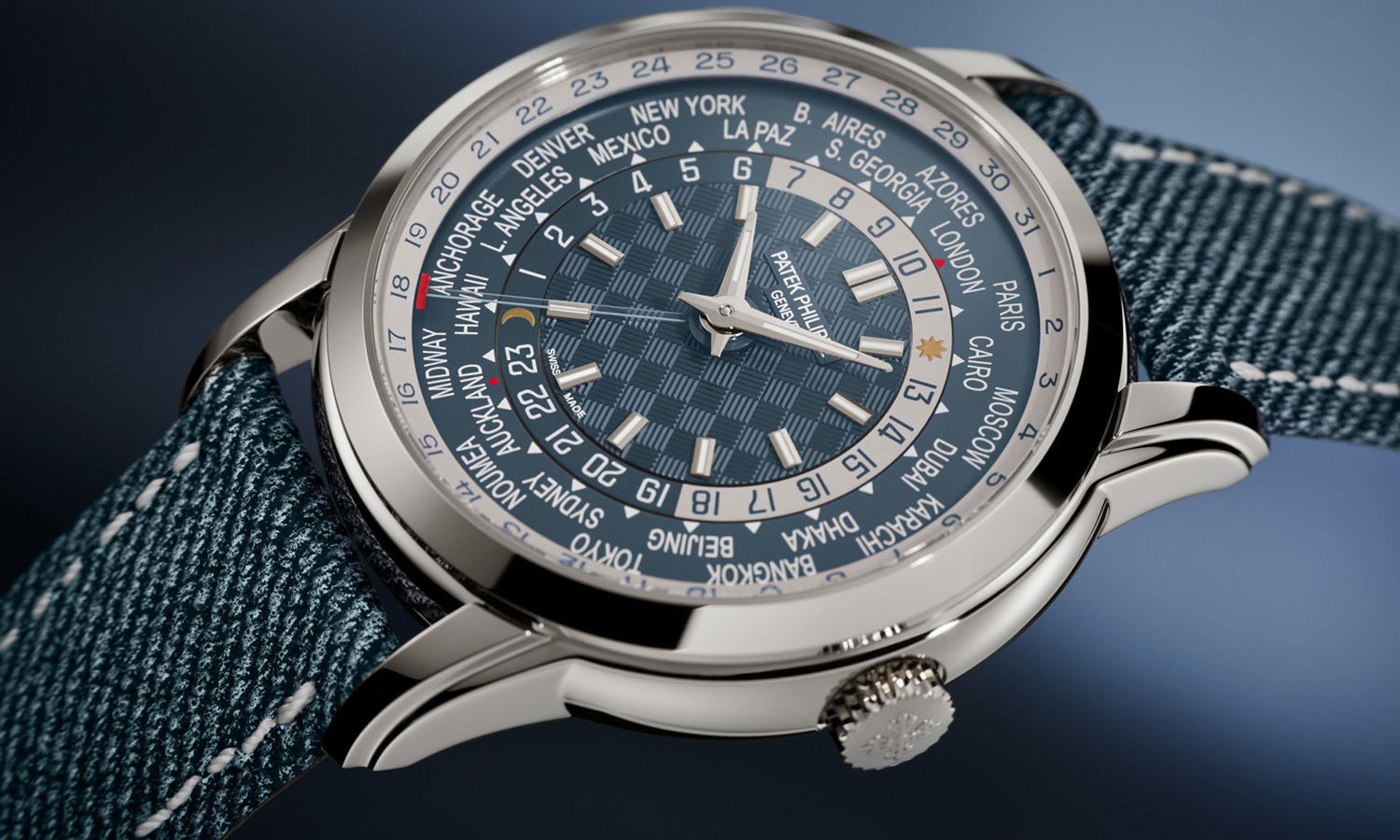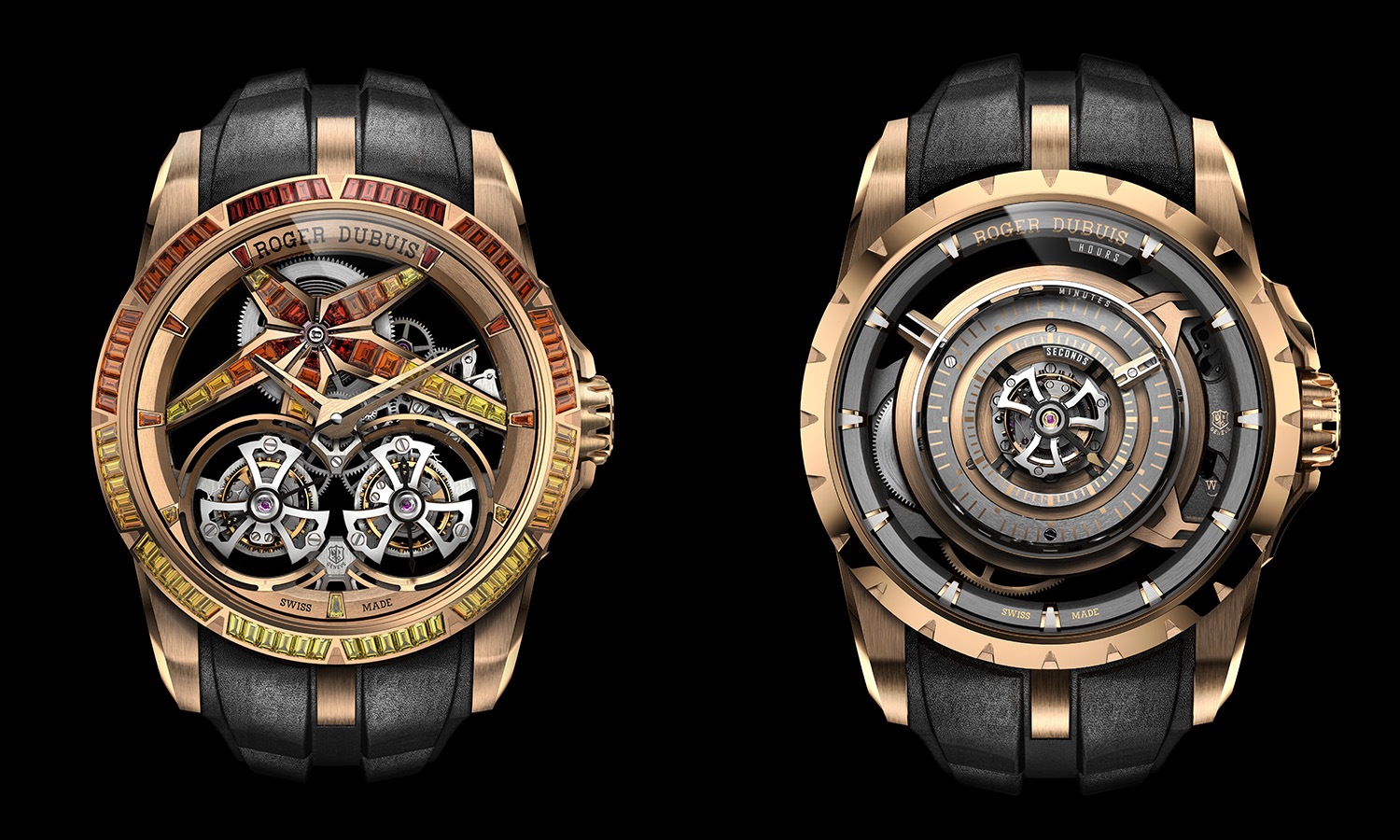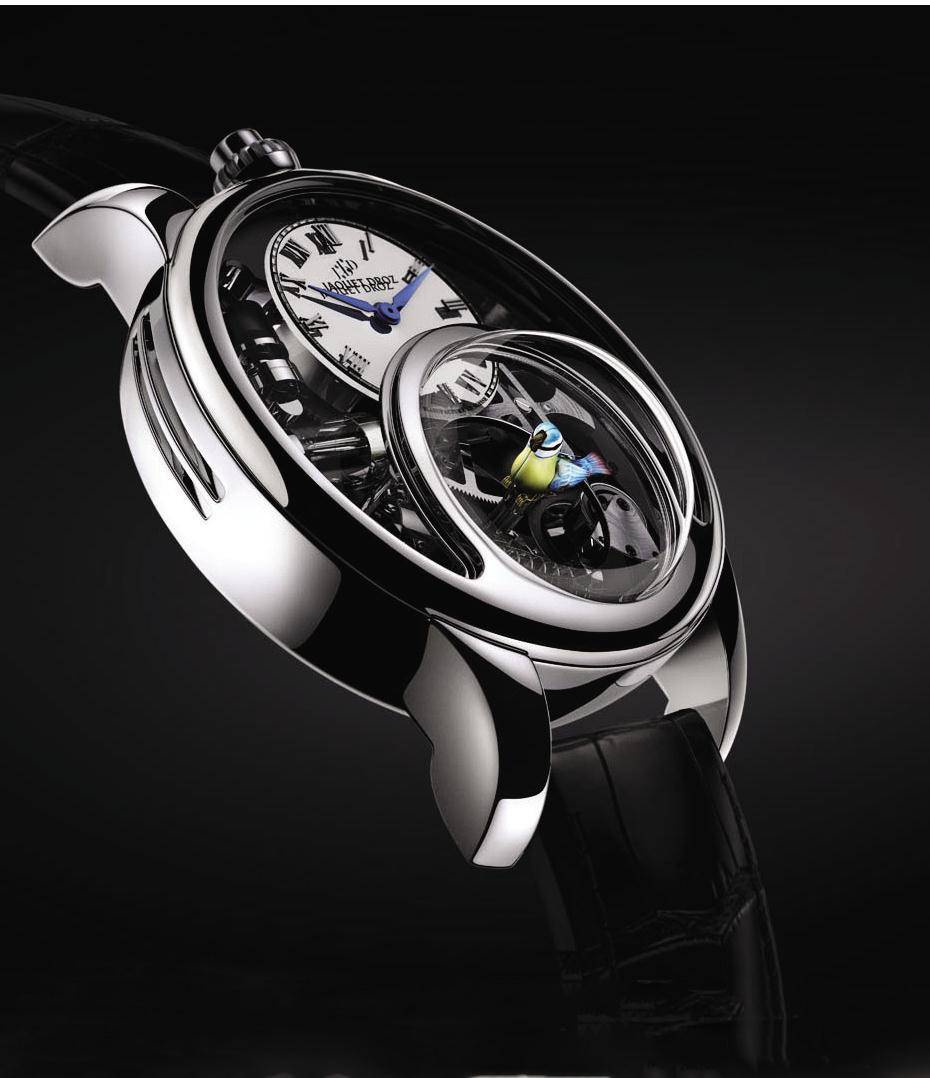
Sweet Sounds Of Watchmaking
The aisles were alive with the sound of music at the Baselworld watch fair this year. Minute repeaters chimed to the antics of jaquemarts and music boxes tinkled out tunes ranging from classical Bach to classic rock, adding a new sensory component to this annual carnival of watches. Some of these watches are actually tiny traditional music boxes that produce melodies by way of teeth lined up on a steel comb, which interact with pins strategically placed on a revolving cylinder. Recreating this mechanism in a watch movement is a complicated process of miniaturization, which is then harnessed to a mechanical watch movement. Energy to run the music box is derived from a coiled spring is transferred by a gear train, and the unwinding speed is carefully regulated.
The current fascination with singing watches is a promising departure from the tourbillon mania that has dominated timepieces for the past decade. It is also an abrupt contrast to the many classic watches we’re seeing now. One explanation for this is the emergence of a renewed focus on the habillage, or finish, of the outside case and dial of a watch, which calls for enameling, gemsetting, engraving, marquetry and other types of high-level adornment. For example the Geneva Seal, watchmaking’s most important hallmark, now stipulates a high-level exterior finish. We are entering a distinctively decorative age of watchmaking, one that calls for a complication that leaves a larger canvas on the dial. Sometimes there is just no room for a tourbillon window, and sometimes a classic watch is just too quiet.
Doo Be Doo Be Do
Ulysse Nardin Stranger
Ulysse Nardin has created the world’s first crooner watch. The Stranger contains a tiny music box that plays the 1966 Frank Sinatra hit “Strangers in the Night” on the hour or on demand. Ulysse Nardin, with a long history of creating striking watches, has taken the musical watch to the next level with this miniaturized music box wristwatch. The mechanism consists of a rotating disc and 10 blades. When it plays “Strangers in the Night,” you can see the mechanics in action through the sapphire crystal on the dial. The movement was developed by legendary watchmaker and longtime Ulysse Nardin collaborator Dr. Ludwig Oechslin, who incorporated silicium technology for the escapement and anchor of the UN -690 movement. The piece was inspired by musician Dieter Meier, who became an original shareholder of Ulysse Nardin when the company was revived by the late Rolf Schnyder in 1983. The watch will be made in a limited edition of 99 pieces.
Bird On The Hand
Jaquet Droz Charming Bird
Jaquet Droz, which has been known to display life-size automata at its booth at the Baselworld watch fair, has an impressive 275-year history of creating life-like objects that function with eerily realistic movements. The singing bird is something of a specialty for the company, and is reproduced here in miniature, after years of development, as a tribute to the watchmaker’s heritage. The result, as the title suggests, is charming. The life-like bird sings sweetly on demand thanks to a pistondriven bellows system. It also turns, flaps its wings, moves its head and tail, and opens its beak to chirp. It does this while perched on the dial at 6 o’clock under a glass dome, as if displayed in an 18th-century curiosity cabinet. The antique references end there, however. The bird is surrounded by an utterly contemporary open-worked movement finished in black and charcoal gray. It is limited to 28 pieces.
Spaced Out
MB&F MusicMachine
Given that most of its watches look like a space ships, it is not surprising that MB&F’s latest “machine” resembles what must be the Mother Ship, and plays the theme from Star Trek. The brand has long demonstrated its penchant for unusual objects of any kind, whether they can tell time or not, as evidenced by its M.A.D. gallery of “Mechanical Art Devices” in Geneva. On the inside, the MusicMachine is a traditional music box with pin-and-cylinder construction. The combs that interact with the pins are visible on the outside, as are the propellers that wind the two cylinders, each of which is driven by its own movement, including mainspring and winding propeller. The two cylinders play three tunes each. On one side: “May the Force be with you” from “Star Wars”; “Imperial March” from “The Empire Strikes Back”; and the theme from “Star Trek.” The other cylinder plays Pink Floyd’s “Another Brick in the Wall”; Deep Purple’s “Smoke on the Water”; and John Lennon’s “Imagine.” MB&F partnered with Reuge, the Swiss company that pioneered the invention of music boxes 150 years ago and is still the world’s premier manufacturer.
 SIGN UP
SIGN UP

